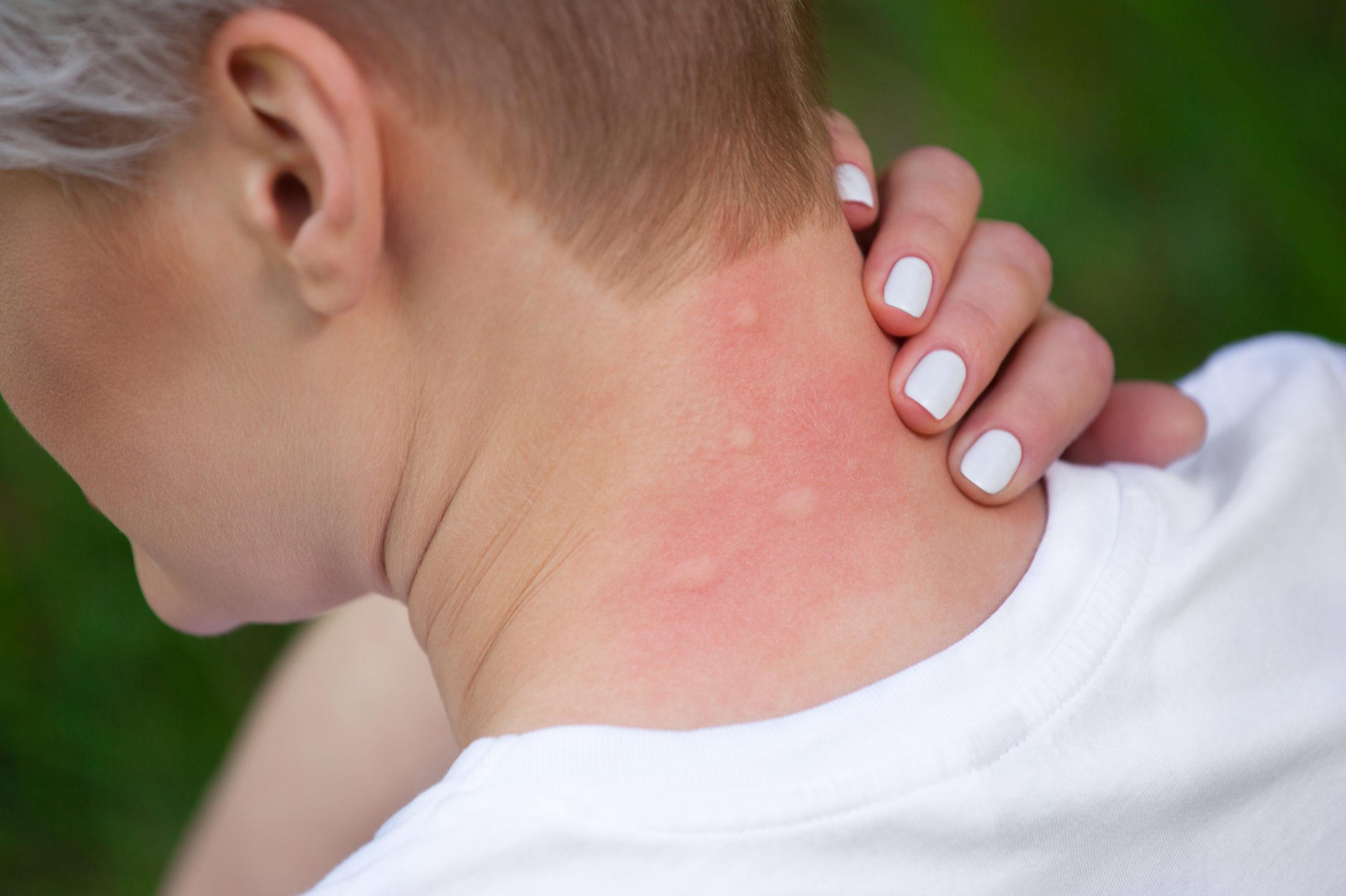Addressing the Looming Threat of Fish Skin Disease in Aquaculture: Causes, Impact, and Solutions

Flexibacter columnaris
Commonly known as columnaris disease, it is caused by the bacterium Flexibacter columnaris. It affects both freshwater and marine fish species. Infected fish show dark patches or saddle-shaped lesions on their skin. The disease usually spreads rapidly within a population causing extensive mortalities if left untreated. Proper water quality management and antibiotic treatment are effective control measures.
Streptococcus iniae
This is an emerging and highly infectious bacterial disease of several fish species including tilapia and hybrid striped bass. Clinical signs include skin ulcers, hemorrhaging at the base of fins and swollen abdomen. Mortality rates can be very high during outbreaks. Vaccination and antibiotic therapy help control the spread of the disease.
Pseudomonas aeruginosa
An opportunistic pathogen of both freshwater and saltwater fish species. It causes fin or tail rot disease characterized by frayed, ragged fins and skin lesions. Outbreaks are common under poor husbandry and hygiene conditions. Improving water quality and sanitation can effectively manage this bacterial infection.
Viral Skin Infections
Viral pathogens are an increasing problem in intensive fish farming. Earlier confined to wild fish populations, they are now impacting farmed species as well. Some important viral diseases affecting fish skin include:
Spring viraemia of carp virus
It causes systemic infections in common carp and koi resulting in hemorrhagic Skin lesions Fish Skin Disease . Mortality can reach 100% within few days during outbreaks. Effective vaccines are available for prevention. Strict biosecurity measures are necessary to control its spread between farms.
Viral hemorrhagic septicemia virus
An economically important pathogen of several marine and freshwater cultured fish species. Clinically it produces characteristic hemorrhages on skin, eyes and fins. Broodstock screening and implementation of an all-in all-out production system helps manage the disease.
Epizootic ulcerative syndrome virus
Native to Asia-pacific region, it is an emerging disease of global concern. Typical lesions are erythematous ulcers on body of fish. Effective treatment options are limited making control challenging. Improving surveillance and adopting risk mitigation strategies are key for its management.
Fungal Skin Infections
Fungal pathogens can also invade fish skin under favorable conditions. Early diagnoses and treatment
Get more insights on Fish Skin Disease
- Art
- Causes
- Crafts
- Dance
- Drinks
- Film
- Fitness
- Food
- Spiele
- Gardening
- Health
- Startseite
- Literature
- Music
- Networking
- Andere
- Party
- Religion
- Shopping
- Sports
- Theater
- Wellness
- IT, Cloud, Software and Technology


